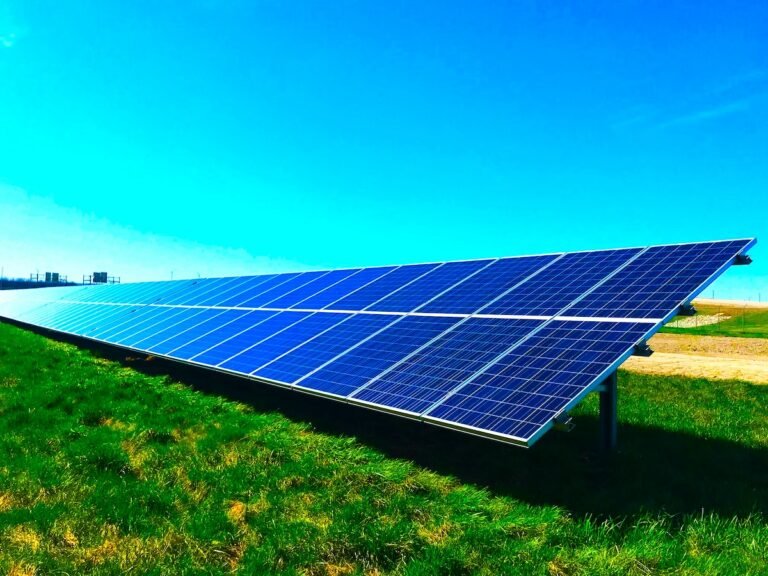Researchers at Linköping University and the Royal Institute of Technology (KTH) have utilized lignin, a common organic material derived from wood, to improve the stability and environmental friendliness of organic solar cells.
Published in the journal Advanced Materials, the research team looks to improve upon the development of organic solar cells for use in solar panels. Organic solar cells have emerged as an important area of research due to their low production costs, lightweight design, and flexibility. These characteristics enable a wide range of applications, from indoor use to integration with personal electronic devices. Compared to traditional silicon-based solar cells, which are efficient but require energy-intensive and potentially hazardous manufacturing processes, organic solar cells offer a more sustainable and safer alternative.
In order to find a suitable alternative to silicon, the researchers turned to Kraft Lignin (KL), a byproduct of the paper industry. Rich in phenolic structures, KL forms robust hydrogen bonds with traditional cathode interface layer (CIL) materials, such as bathocuproine (BCP). This synergy between KL and BCP creates a binary cathode interface layer that not only matches but in many cases surpasses the efficiency and stability of conventional CILs. In simple terms, electrons are needed to pass between the organic materials and the cathode interface- lignin is able to easily form those bonds, allowing for energy to transfer across the solar cell.
“We have created a material, or composite, of kraft lignin that will be the contact surface with the cathode layer,” explained Qilun Zhang, one of the study’s authors. “It turned out that the solar cell became much more stable. The advantage of kraft lignin is that it has the ability to create many hydrogen bonds, which helps to stabilize the solar cell.”


According to the study, the researchers dissolved KL and BCP in a solvent to form a homogenous solution, which was then uniformly applied to the cathode side of the solar cells. The placement of this binary layer is crucial, as it sits between the active layer—where light absorption and electron-hole pair generation occur—and the cathode. This positioning allows the binary CIL to effectively facilitate electron transport while protecting the active layer from degradation, thereby enhancing the cell’s overall performance and longevity.
The KL-BCP combination proved effective and its adaptability underscores the potential of this approach to be applied in a broad spectrum of solar cell designs. Furthermore, the researchers conducted a thorough comparative analysis, revealing that the KL-BCP binary CIL outperformed traditional CILs in both efficiency and durability under various testing conditions. This comparison solidifies the superiority of the lignin-based approach in advancing solar cell technology.
Organic solar cells, already in use for indoor applications and low-energy devices like sensors, can potentially enter larger markets with these improvements. The goal is to scale up this technology for broader applications such as direct energy supply, making the entire solar cell more environmentally friendly.
While organic solar cells may not reach the efficiency levels of their silicon counterparts, their non-toxic, sustainable, and low-cost nature makes them highly attractive for many applications. Achieving efficiencies between 15%–20% is deemed sufficient for most uses, according to the researchers. Moreover, the utilization of Kraft Lignin in solar cells aligns with global sustainability goals. As a renewable and widely available byproduct of the paper industry, lignin’s integration into solar cell technology not only addresses the issue of waste but also reduces the reliance on non-renewable materials.
“We want to build efficient, reliable, cheap and environmentally friendly solar cells,” said Mats Fahlman, a professor at the Laboratory of Organic Electronics (LOE) at Linköping University. “This study enables us to show that this is possible and a first step towards replacing today’s oil-based materials with wood-based alternatives.”
MJ Banias is a journalist and podcaster who covers security and technology. He is the host of The Debrief Weekly Report and Cloak & Dagger | An OSINT Podcast. You can email MJ at mj@thedebrief.org or follow him on Twitter @mjbanias.

